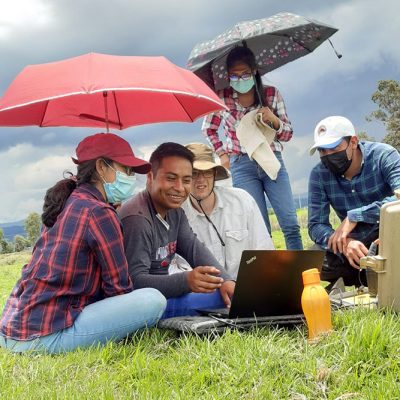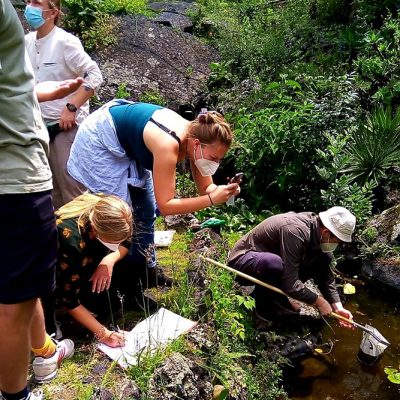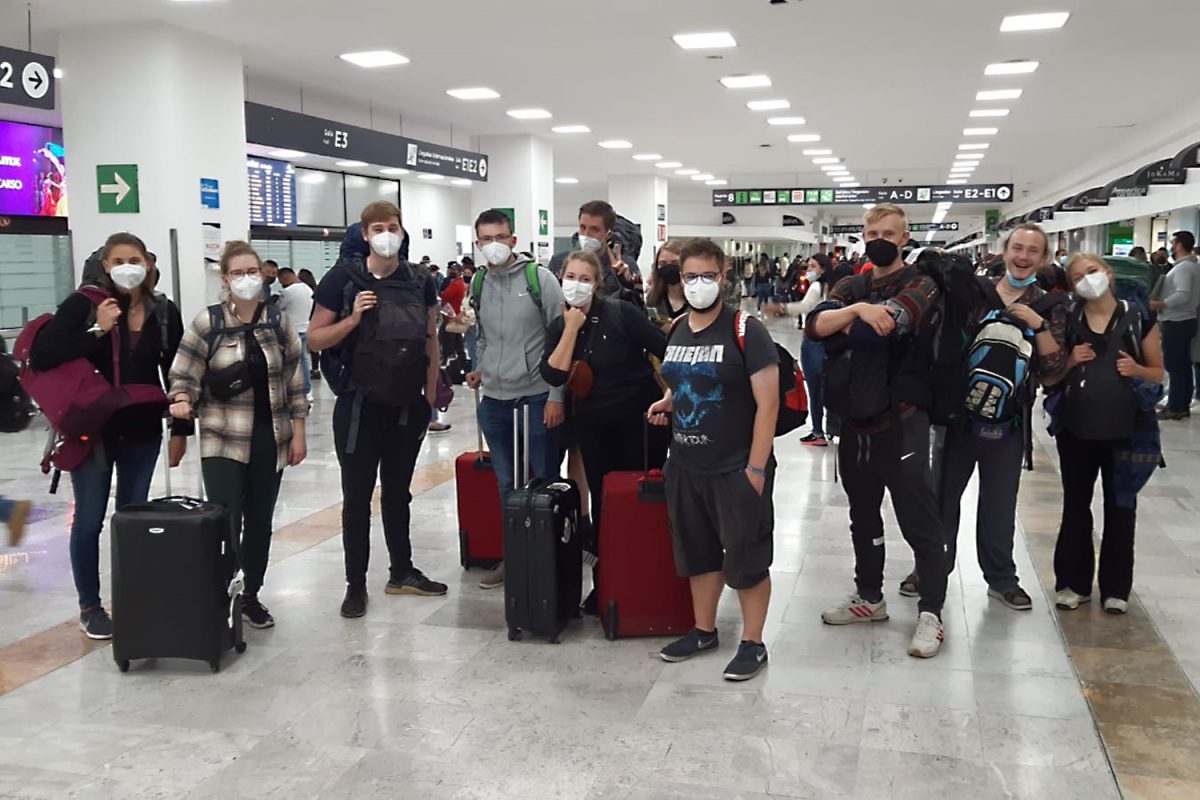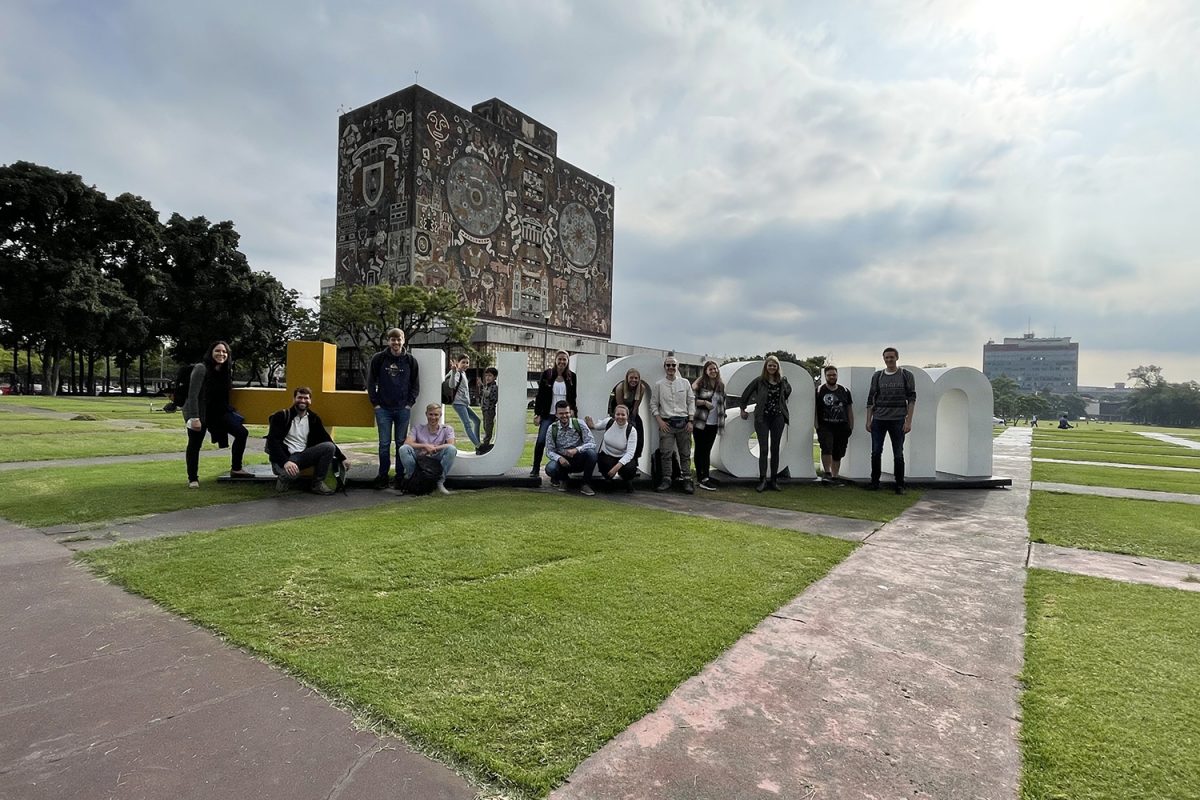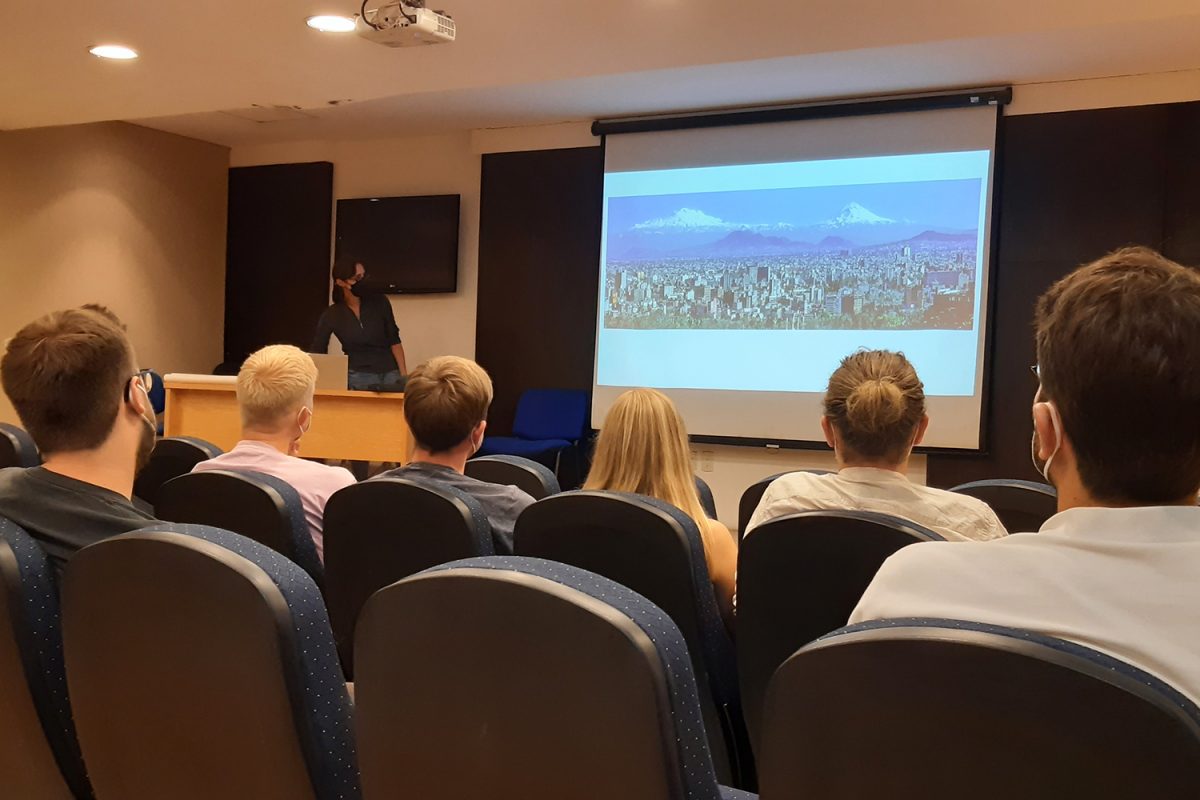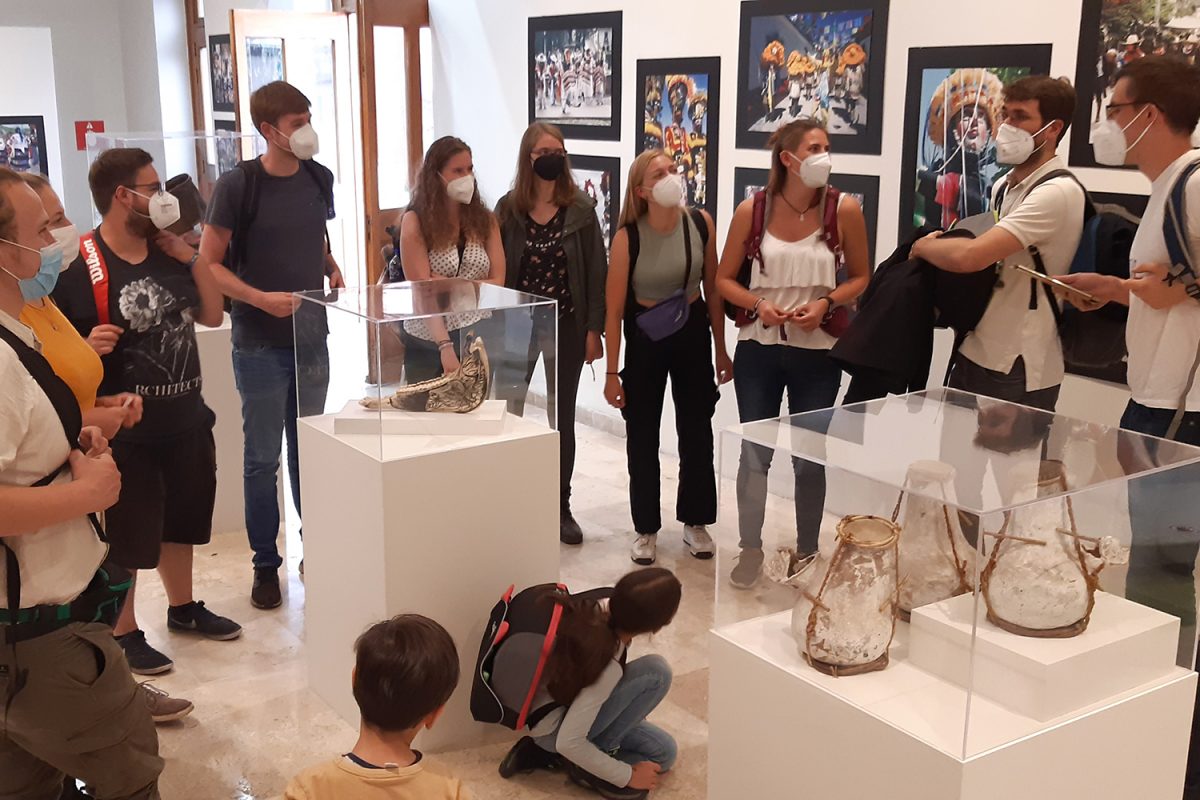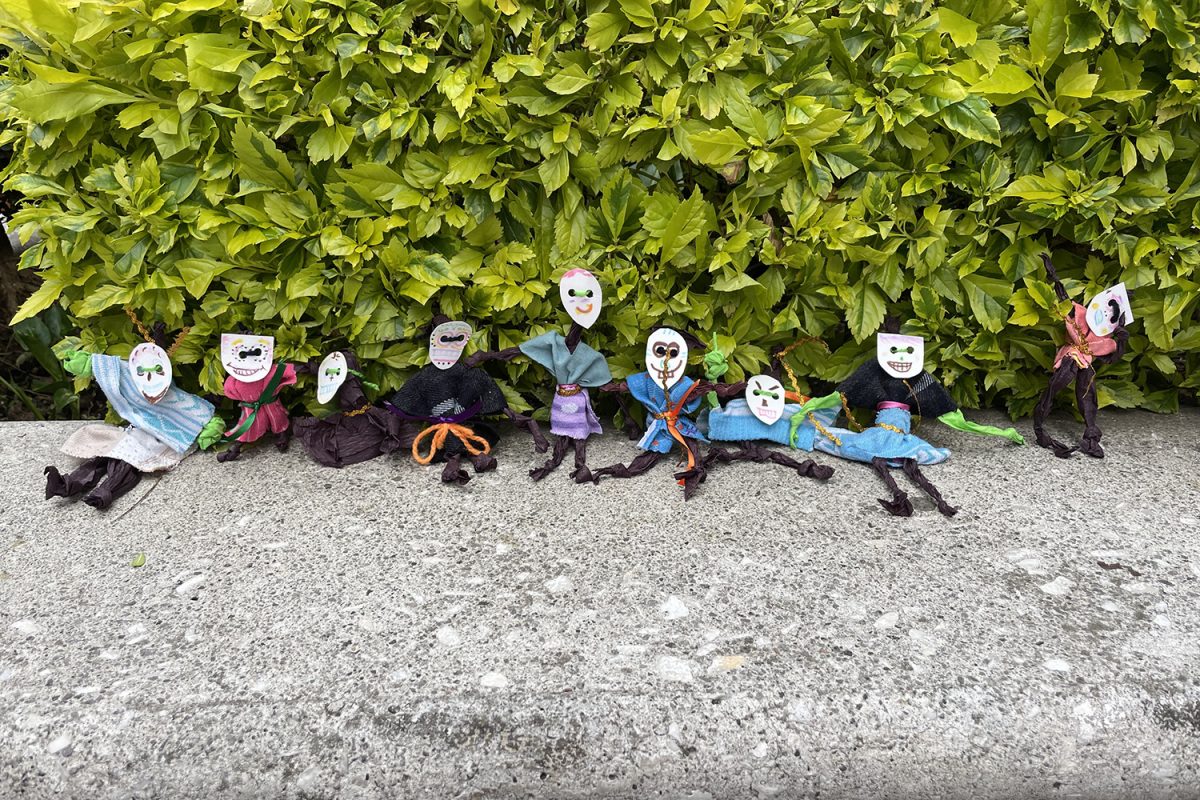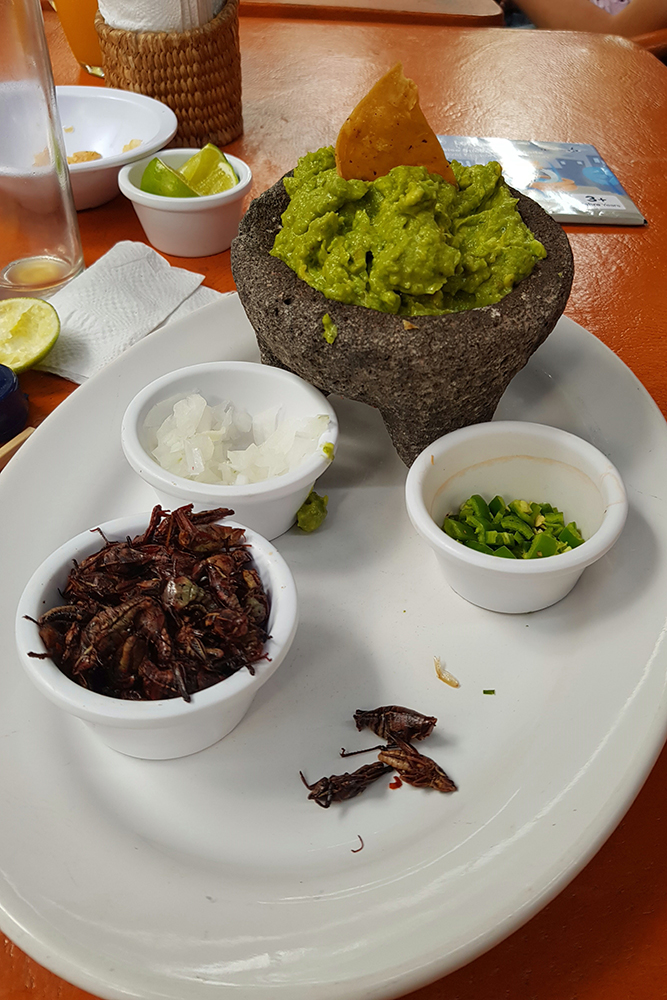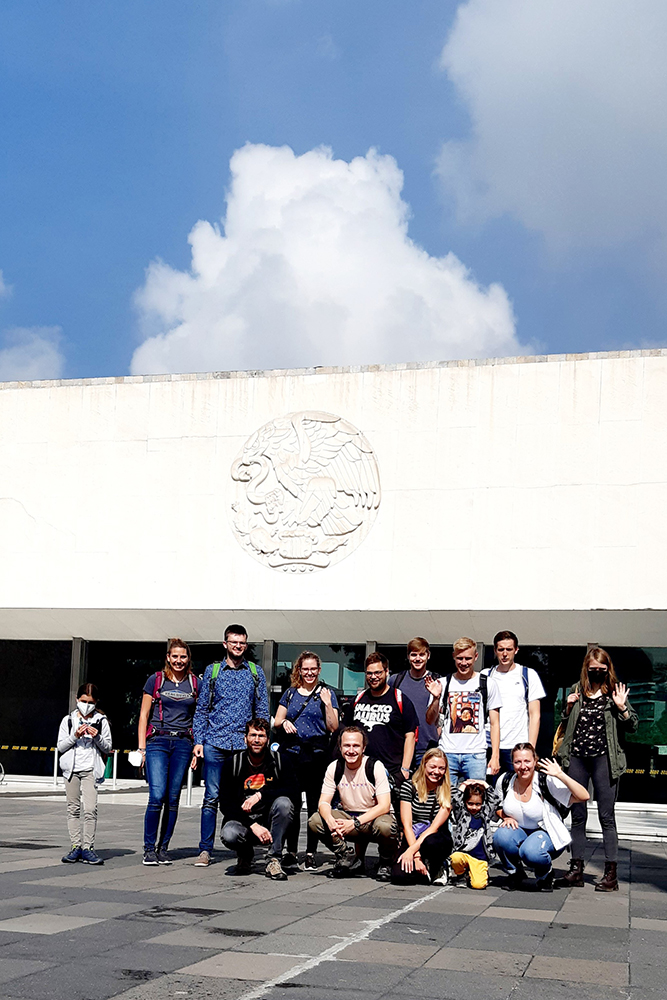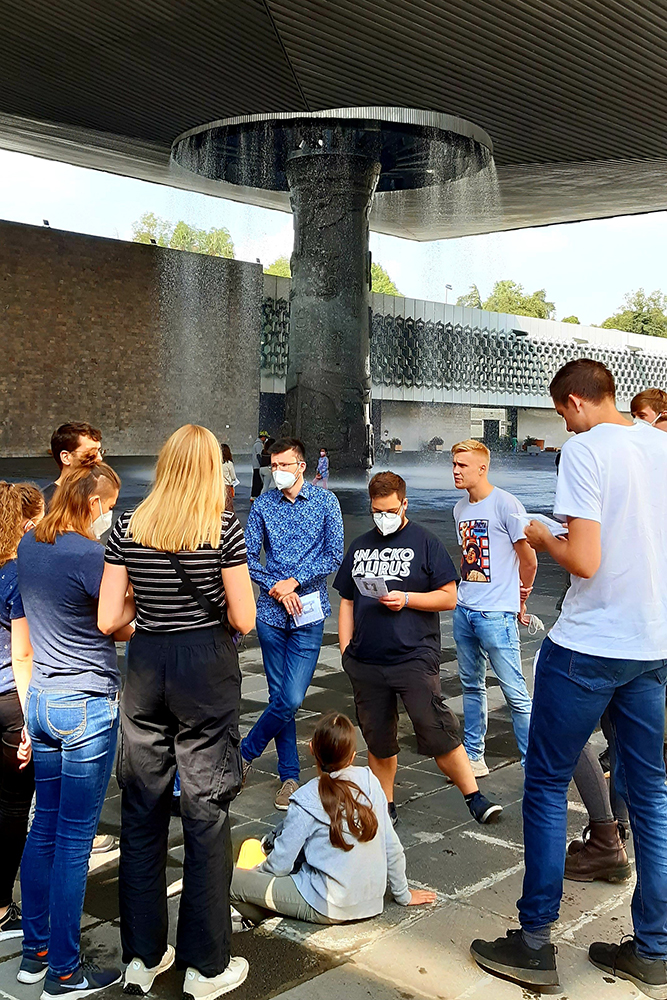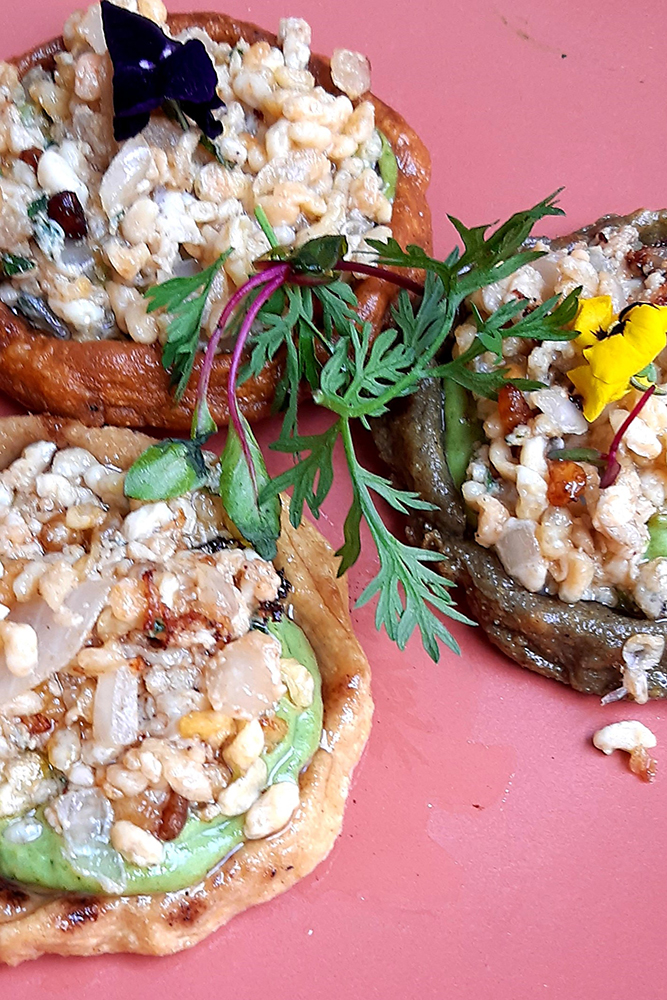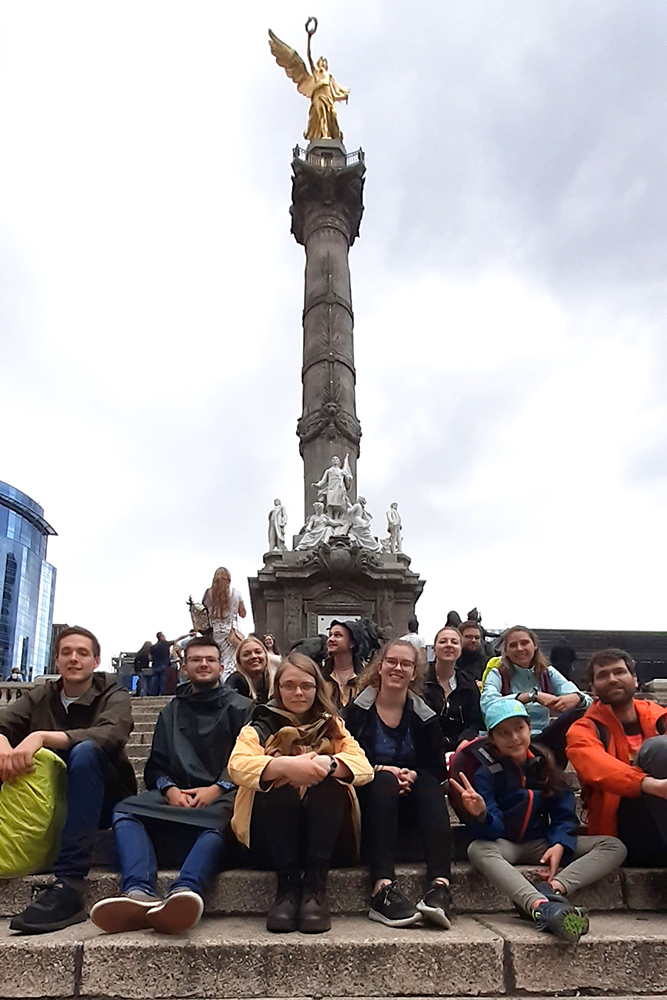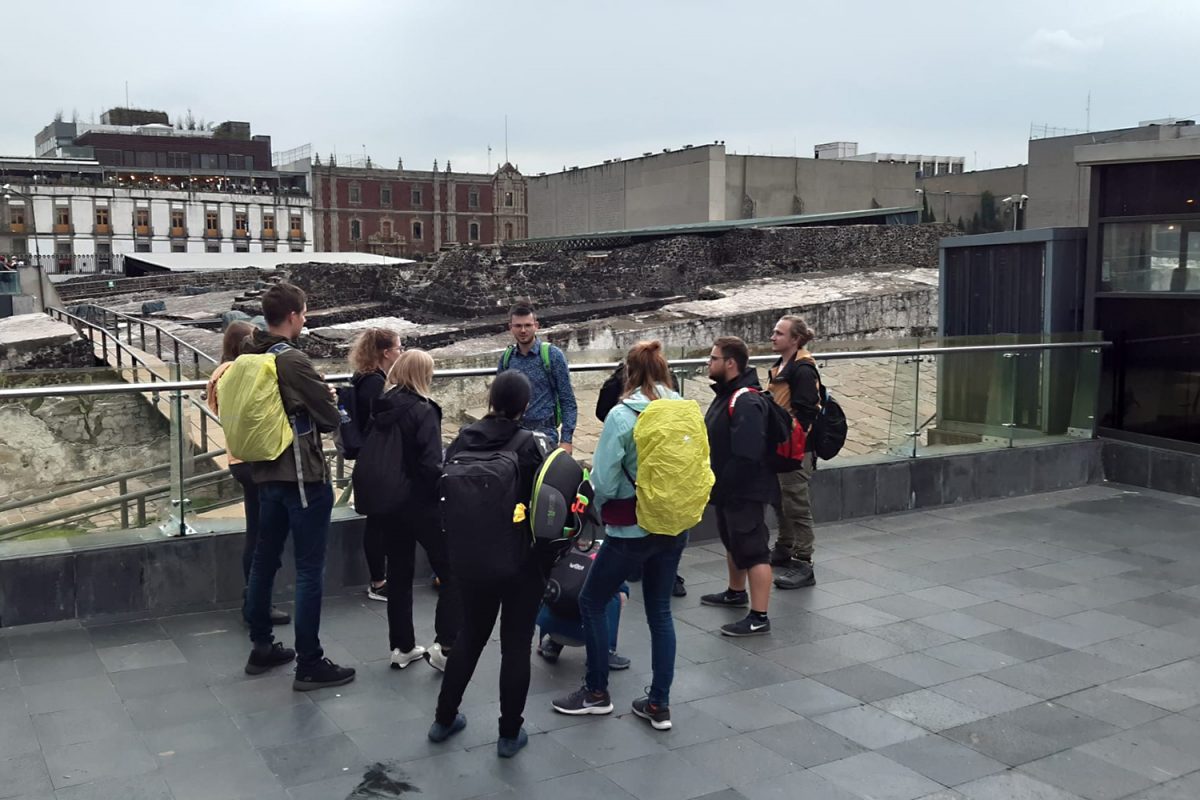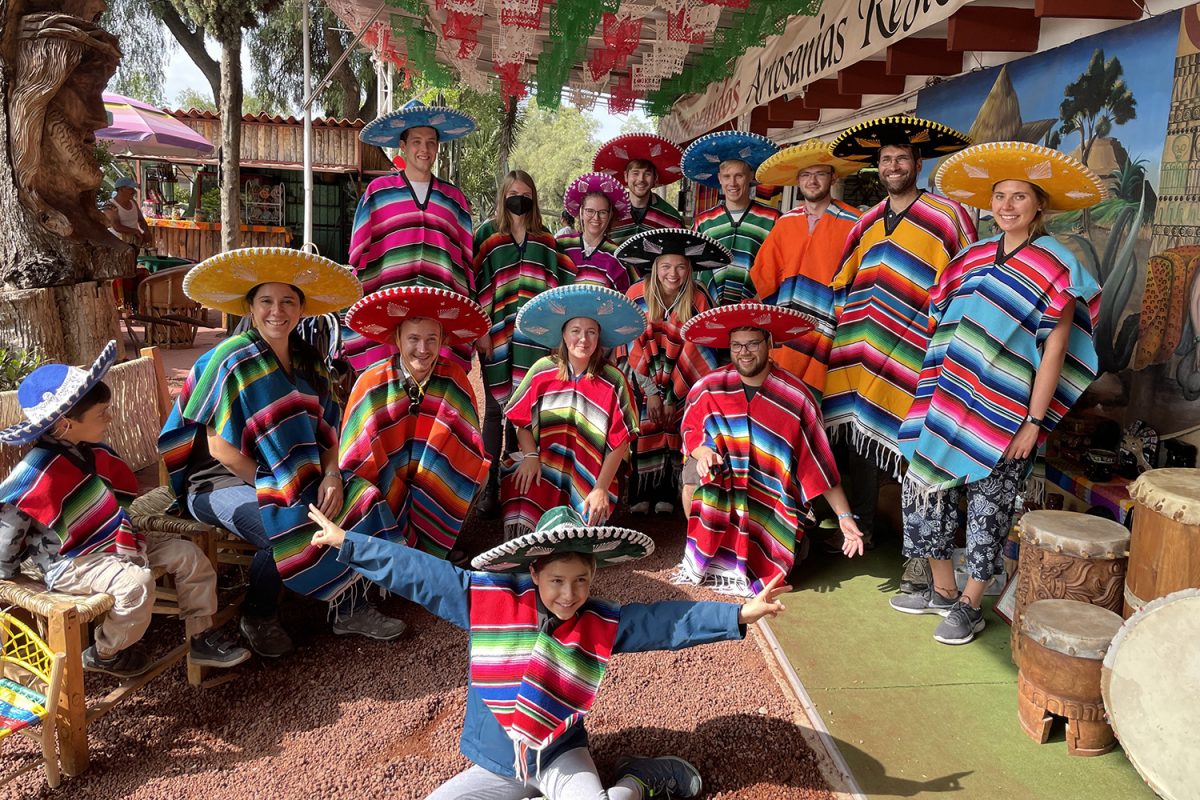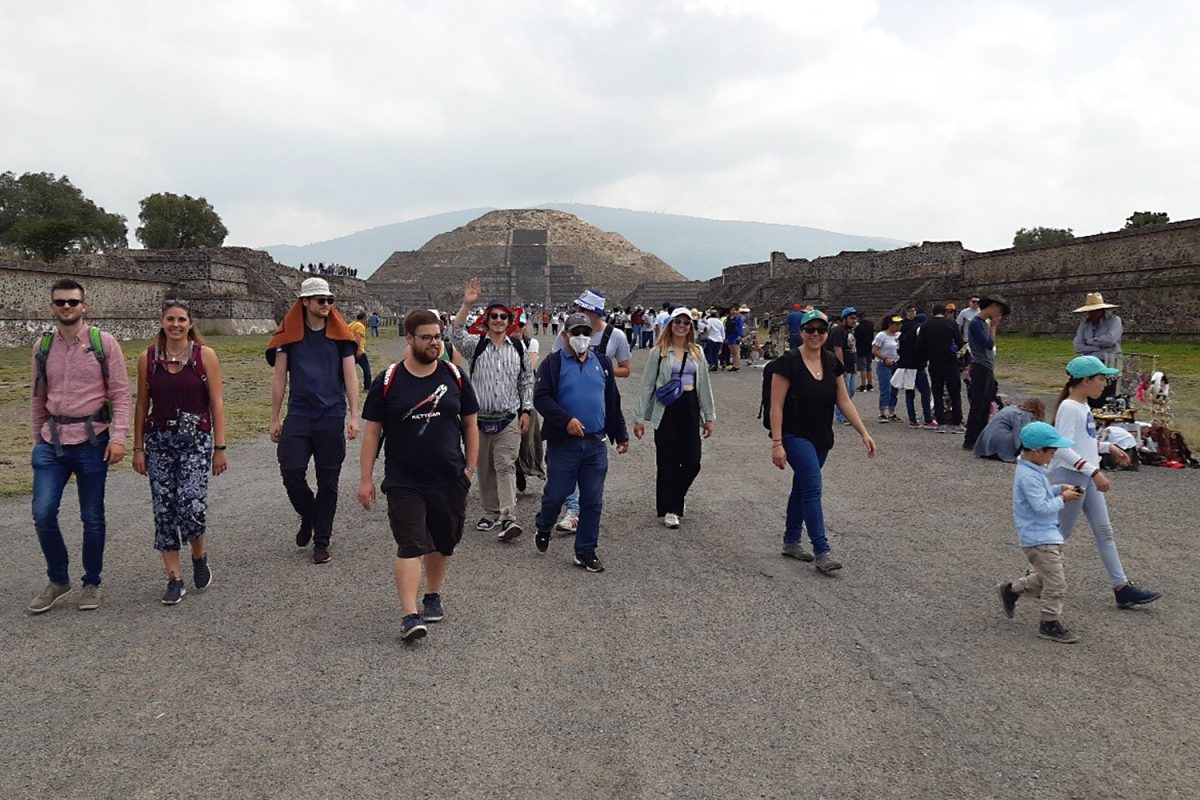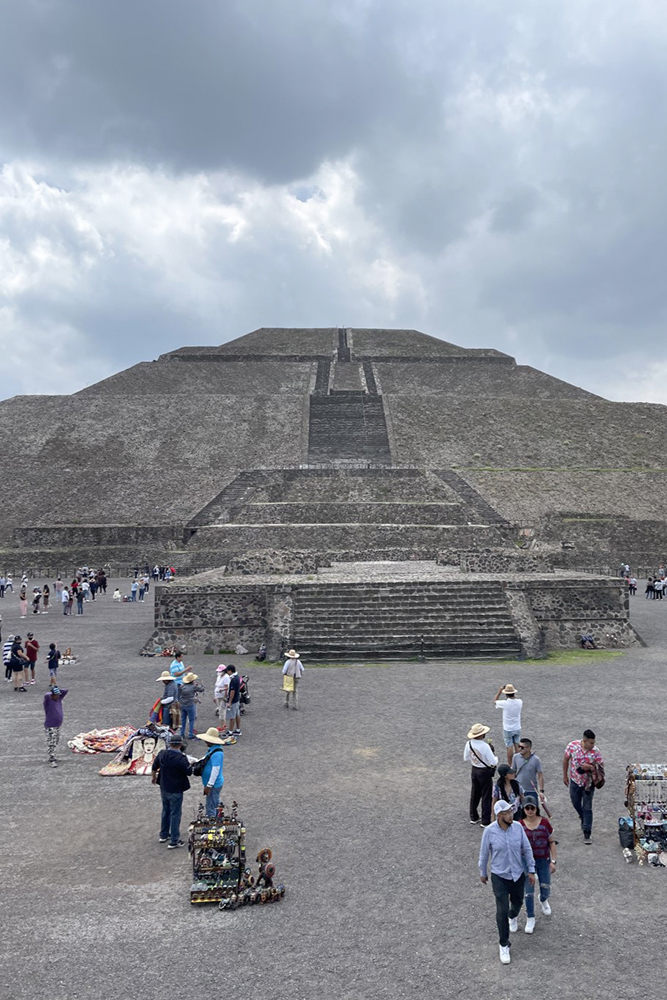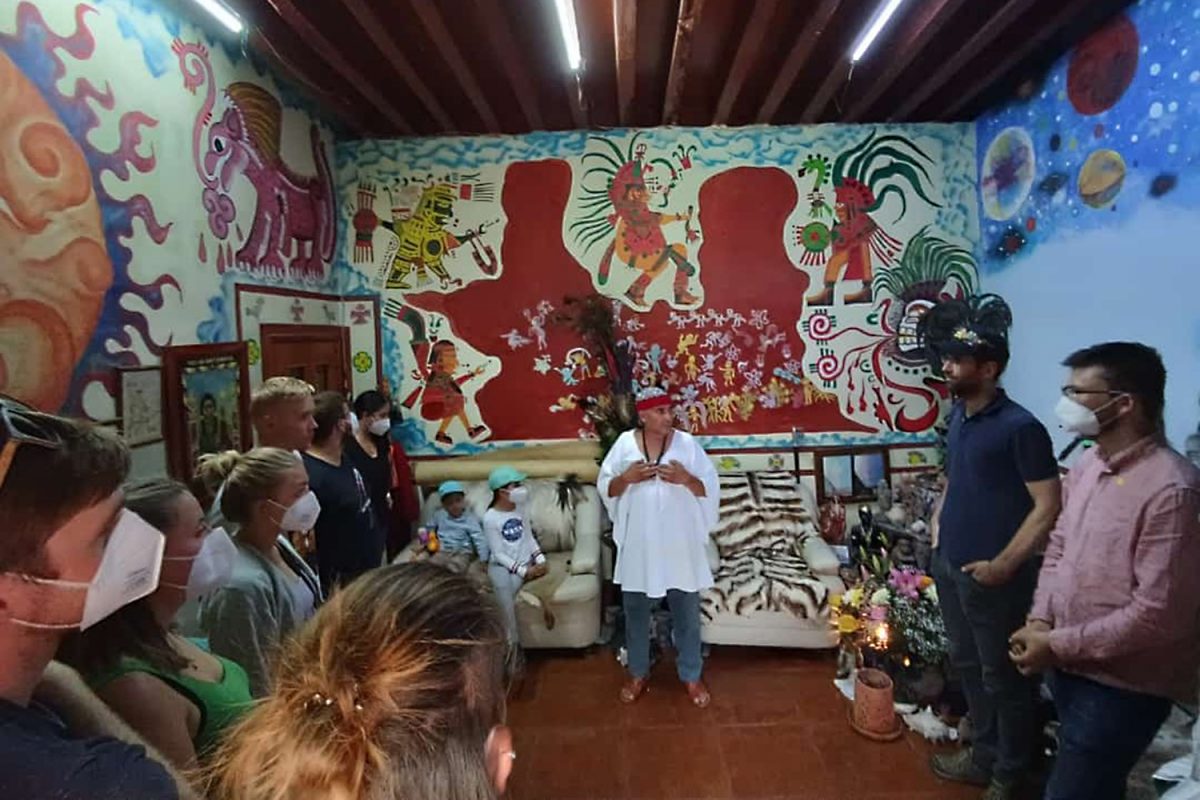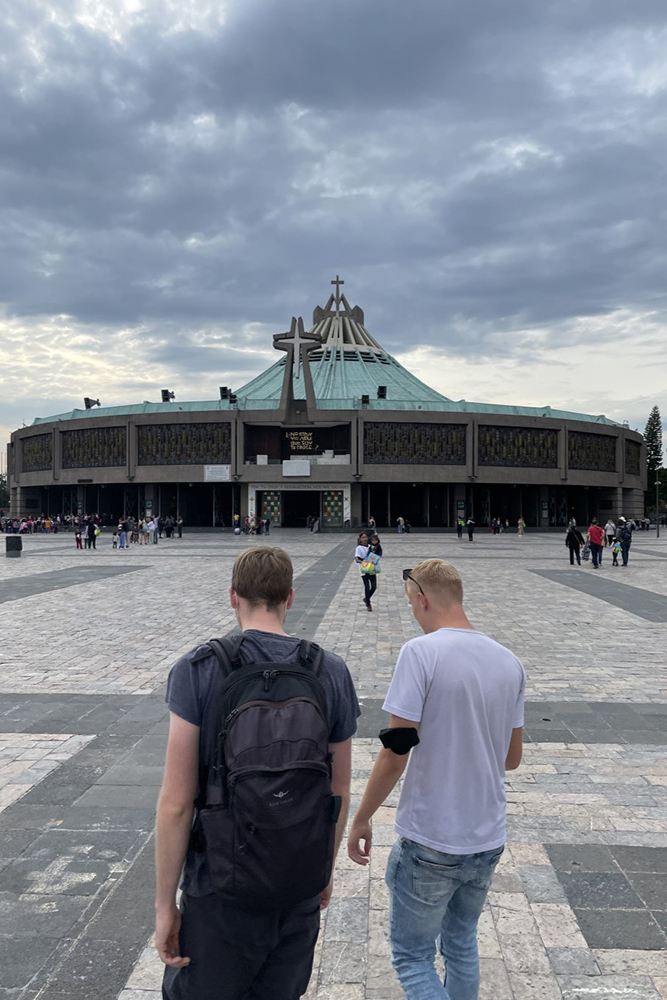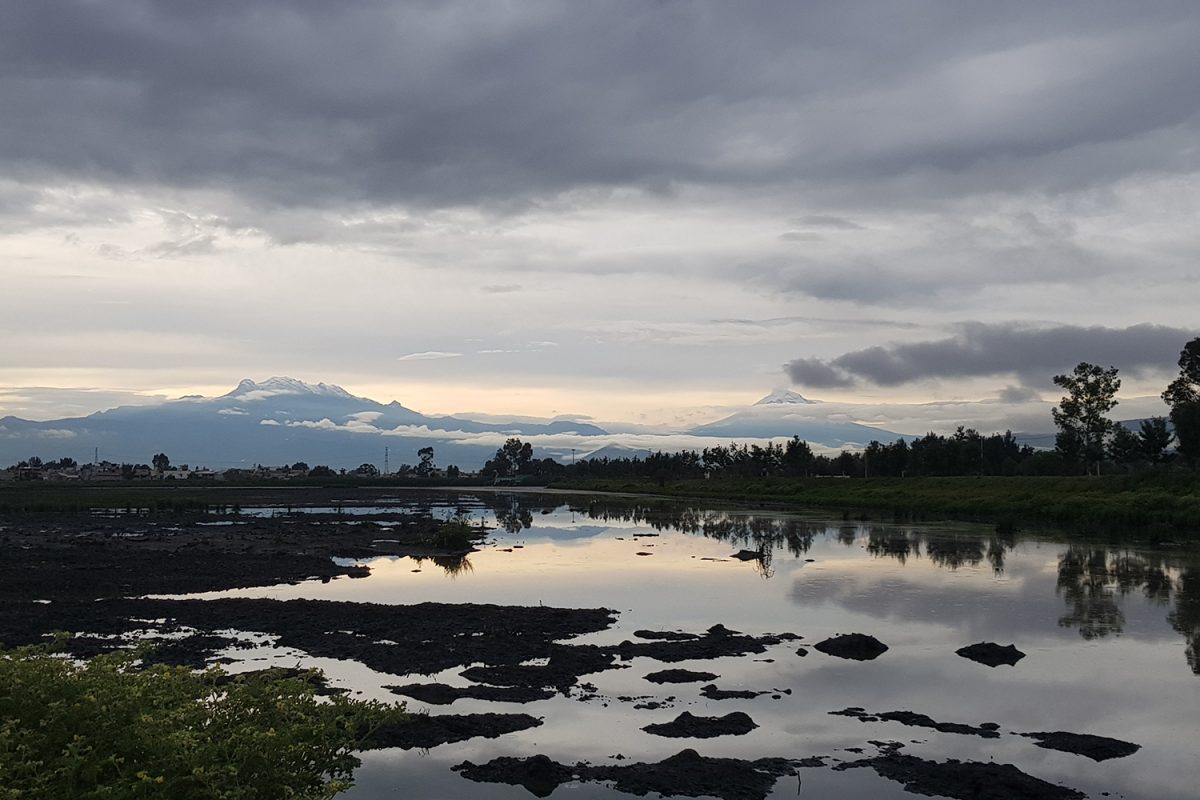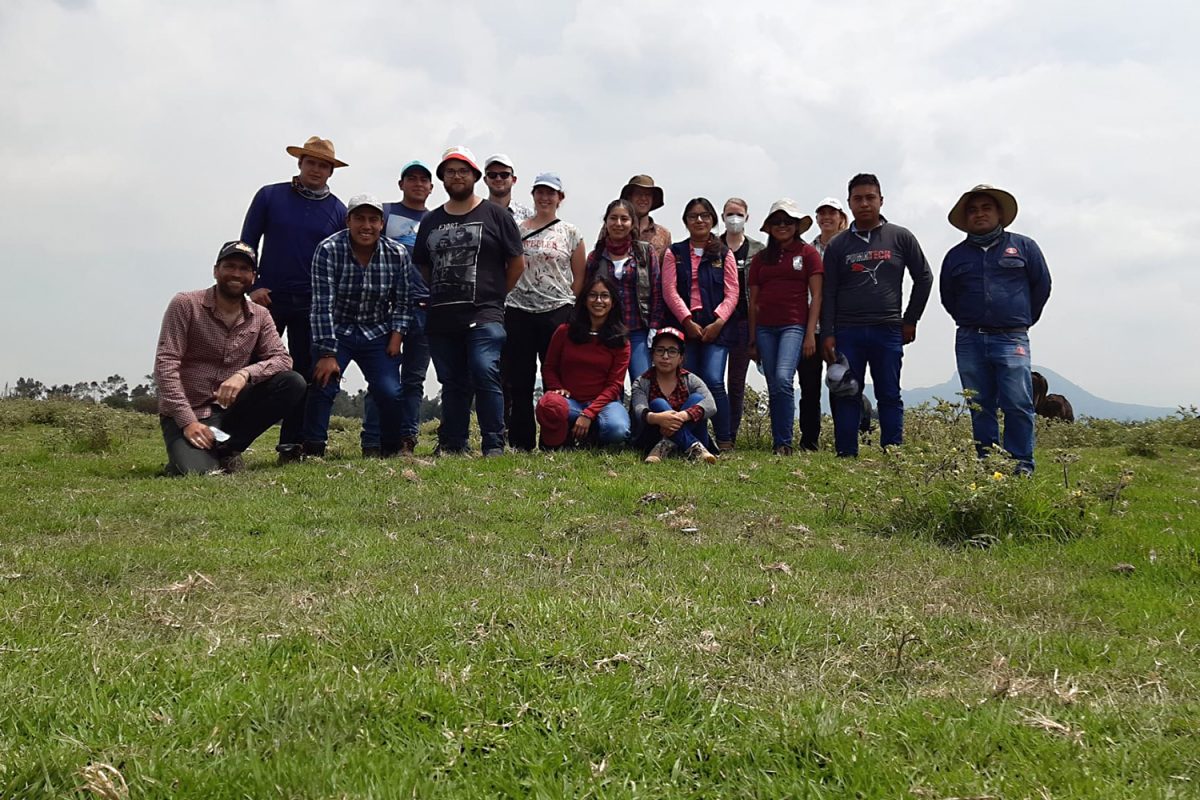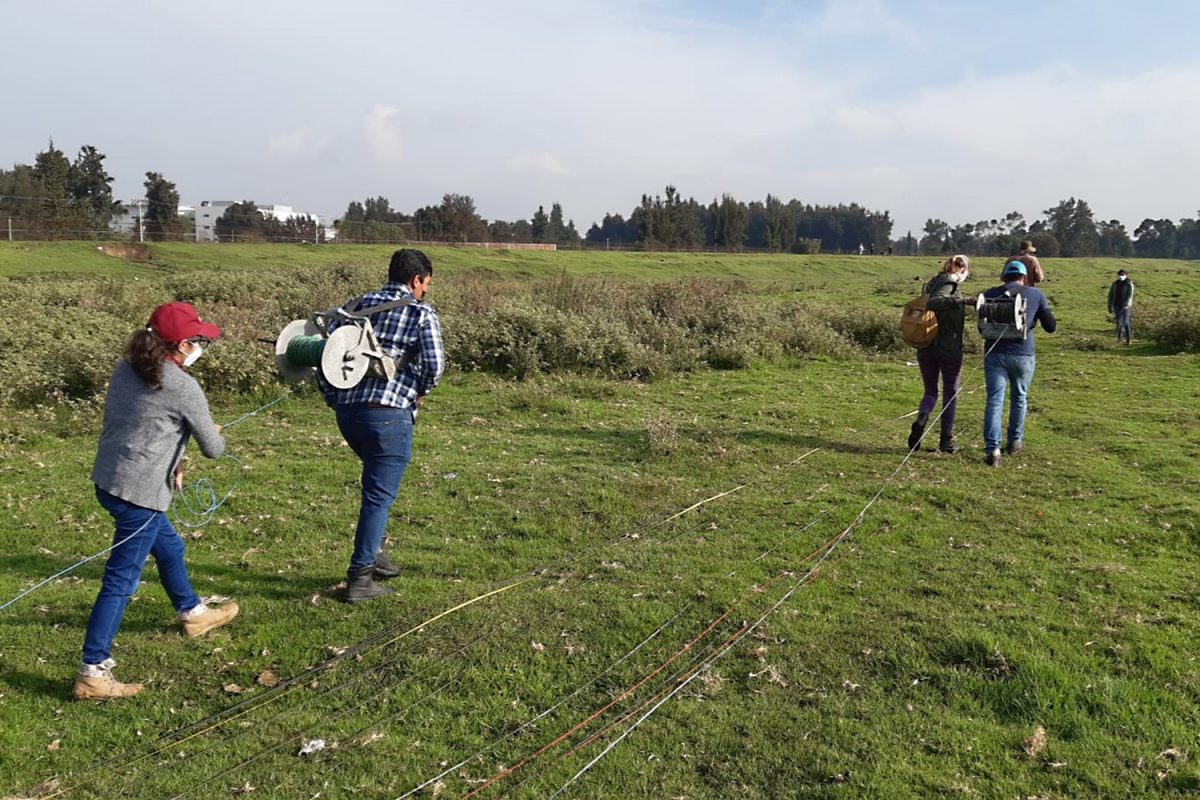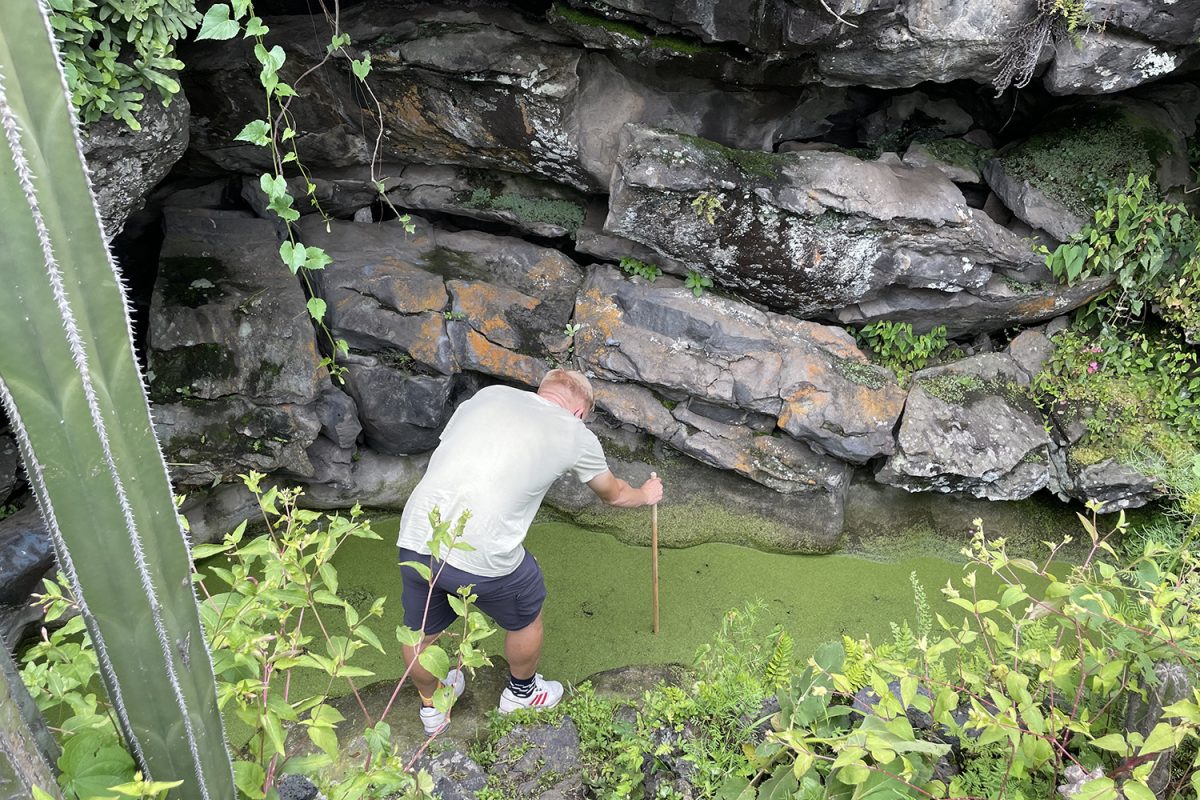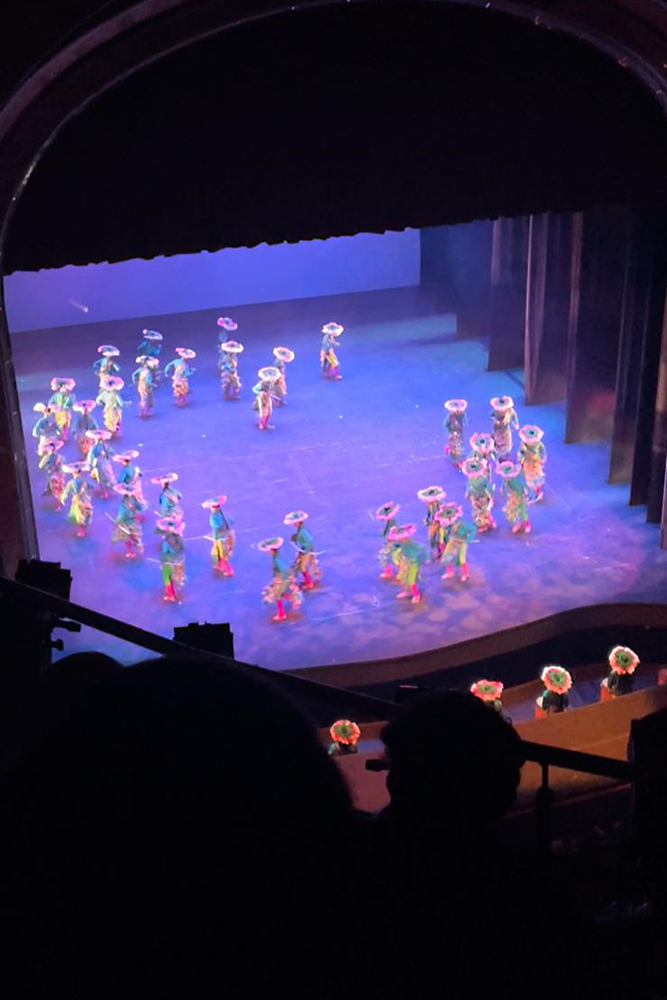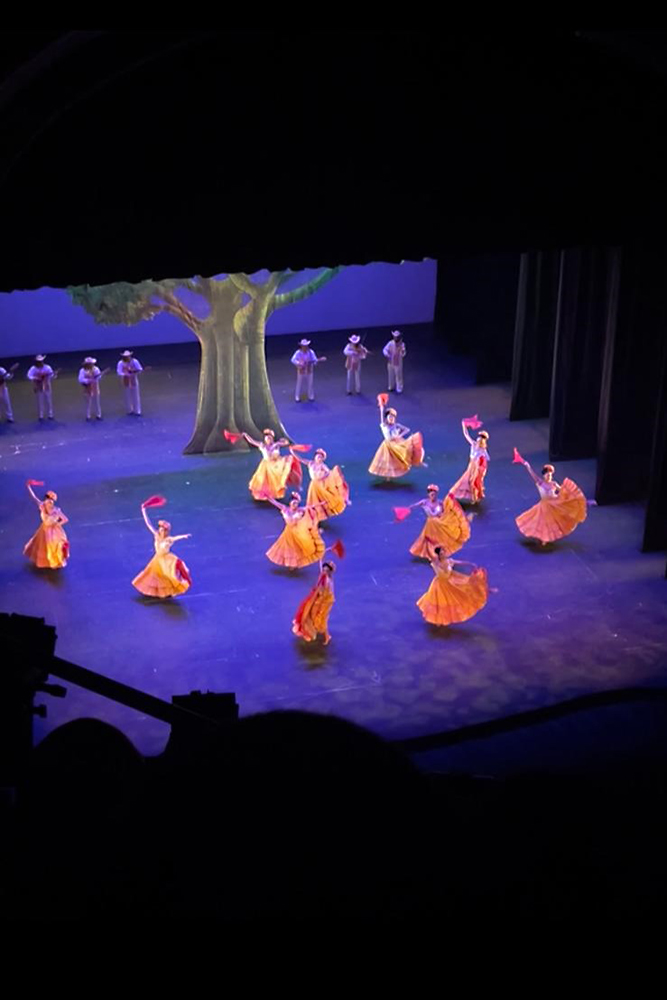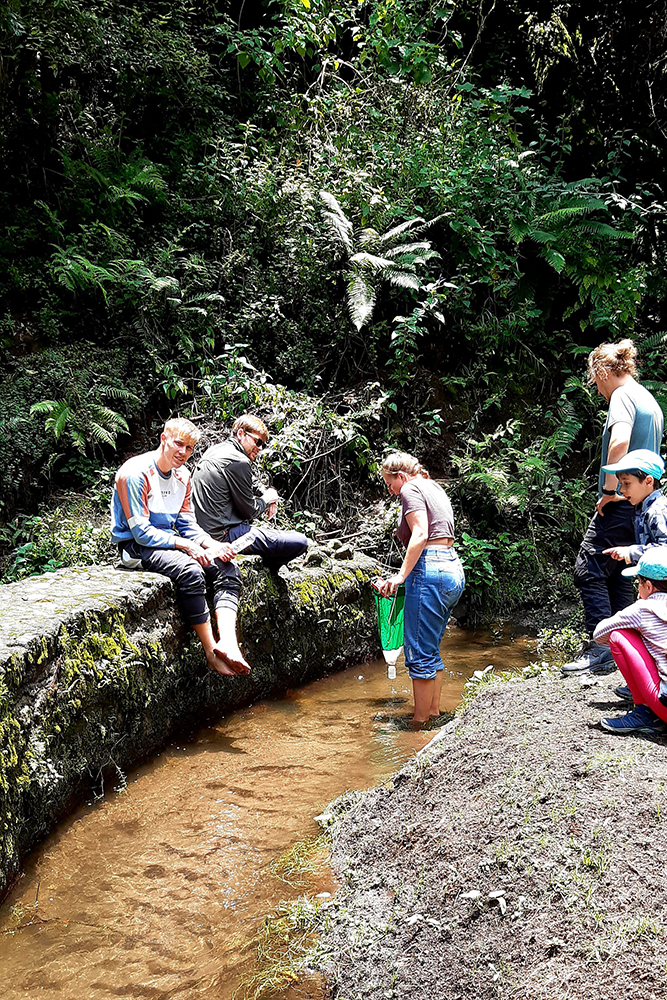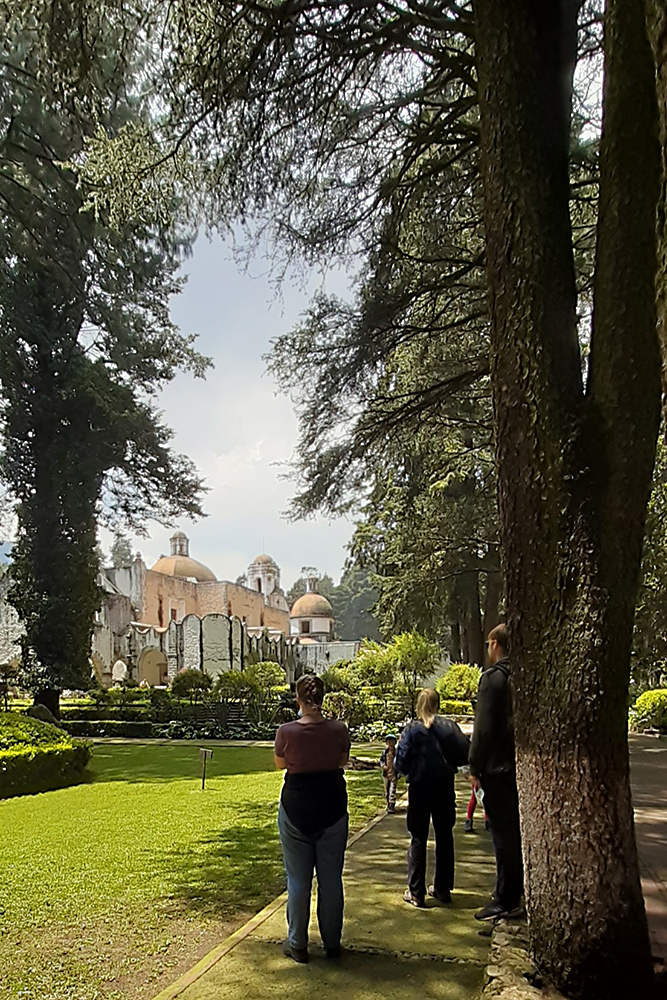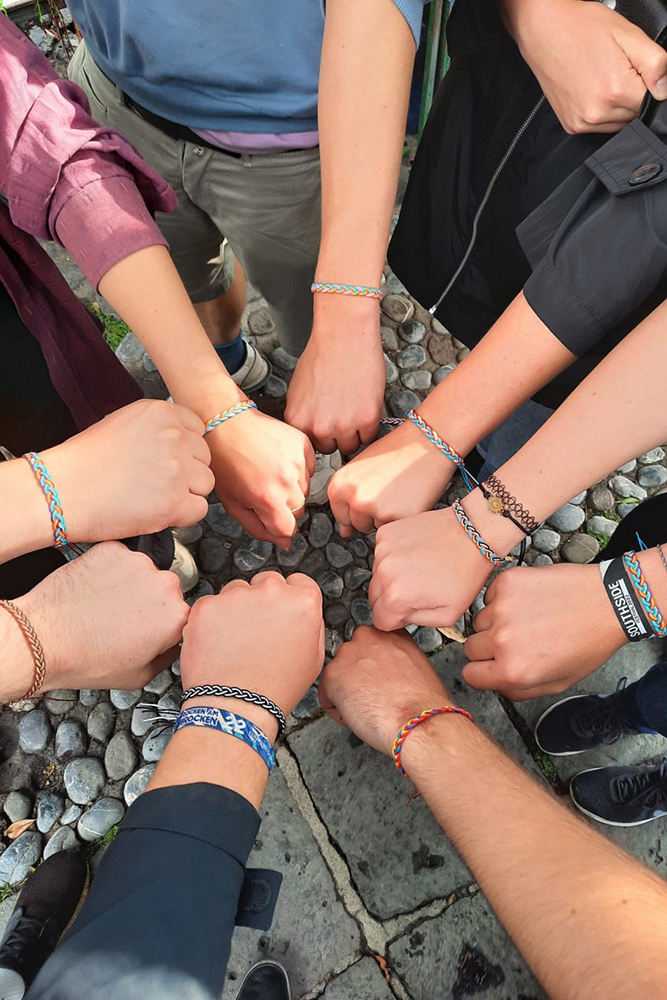Tracking down traces in the mega-city Joint study trip of environmental scientists and physicists to Mexico City
Geoelectrics, seismics, georadar within sight of volcanoes, water and sediment investigations in the nature reserves of the megacity: Students from Technische Universität Braunschweig recently spent ten days researching in Mexico City and getting to know the country’s culture. On their study trip – organised by Dr Liseth Pérez from the Institute of Geosystems and Bioindication and Professor Matthias Bücker from the Institute of Geophysics and Extraterrestrial Physics – the prospective environmental scientists and physicists investigated urban ecosystems in one of the largest cities in the world. Students Nora Kraatz and Natalie Müller report on their excursion:
- Geophysical investigations. Photo credit: Matthias Bücker/TU Braunschweig
- Studies on biodiversity in the Botanical Garden in Mexico City. Photo credit: Itzel Sigala/UNAM
“We – five environmental science students and five physics students – went on a study trip to Mexico City for ten days in August 2022. The environmental scientists collected lots of water and sediment samples on lakes, canals and ponds in nature reserves and parks in and around Mexico City in order to then analyse them for water chemistry, chlorophyll content and biodiversity. In cooperation with the Universidad Nacional Autónoma de México (UNAM), the Instituto Politécnico Nacional (IPN) and the company Geotem Ingeniería, the physicists investigated the subsoil in the south of the city using various geophysical methods. They worked together with students from UNAM and IPN.
In addition to the field measurements and sampling, a varied cultural programme was also on the agenda. Whether delicious Mexican cuisine or trips to the indigenous peoples of Mexico, there was something for everyone. But just take a look for yourself at what we experienced on our trip!”
Expression of gratitude by the students
This excursion was supported by government funding for educational quality of the Faculty of Architecture, Civil Engineering and Environmental Sciences and the Faculty of Electrical Engineering, Information Technology, Physics. It was organised by Liseth Pérez (Institute of Geosystems and Bioindication) and Matthias Bücker (Institute of Geophysics and Extraterrestrial Physics). We would also like to thank Itzel Sigala, Sergio Rodríguez, María del Pilar Ortega, María Martínez, Margarita Caballero, Marie Guilbaud, Socorro Lozano, Susana Sosa, Christina Siebe, and Ricardo Barragán (UNAM) as well as Gerson Ríos and Carlos Pita (Geotem Ingeniería) for their great support on site.

